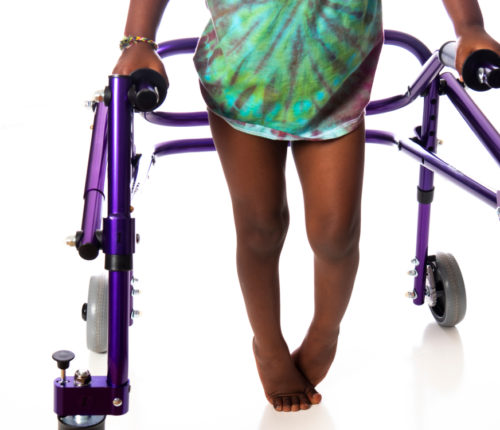
Cerebral Palsy Adaptive Equipment
Cerebral palsy is a disorder that affects children in many different ways. Children often struggle with mobility, hearing loss, sleep disorders, speech and communication difficulties, and behavioral and emotional disorders. Parents of children with cerebral palsy often find it helpful to use cerebral palsy adaptive equipment that supports their child and his or her needs and goals.
Cerebral Palsy Equipment for Children
Cerebral palsy adaptive equipment is equipment that parents can use at home or during therapies to help their child meet certain goals or complete certain tasks. Below, we discuss equipment that is helpful for bathing, toileting, walking, and supporting children who require a wheelchair.
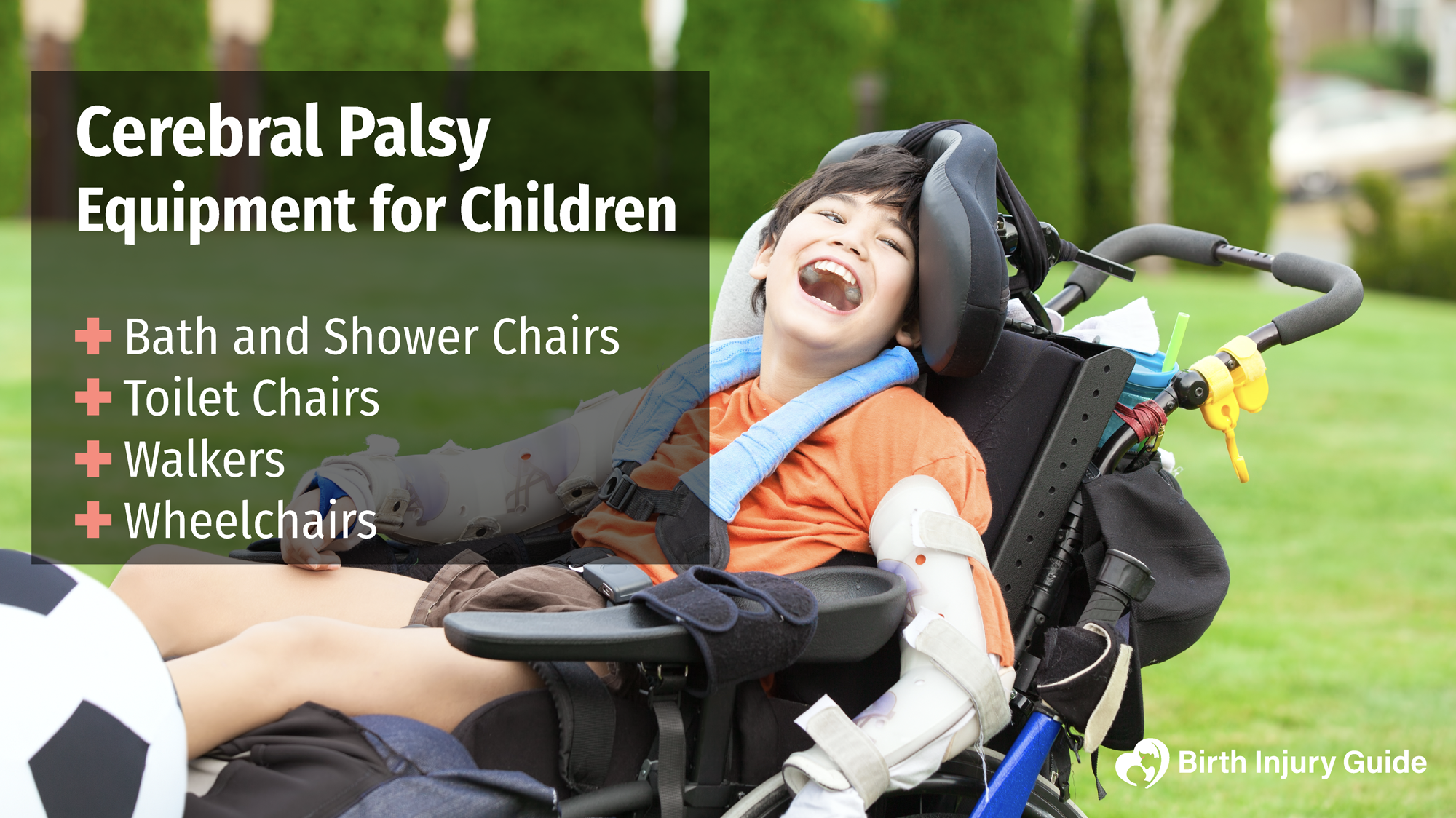
Bath and Shower Chairs for Children with Cerebral Palsy
A bath or shower chair is a chair that is waterproof and can go inside the bathtub or shower. There are no bath or shower chairs specifically for individuals with cerebral palsy. However, manufacturers design bath and shower chairs for individuals with many different needs. For example, bath and shower chairs are often helpful for the elderly when they can no longer stand for long periods of time in the shower (or can’t depend on their own balance). They are also useful for patients who have recently had surgery or who have other disabilities.
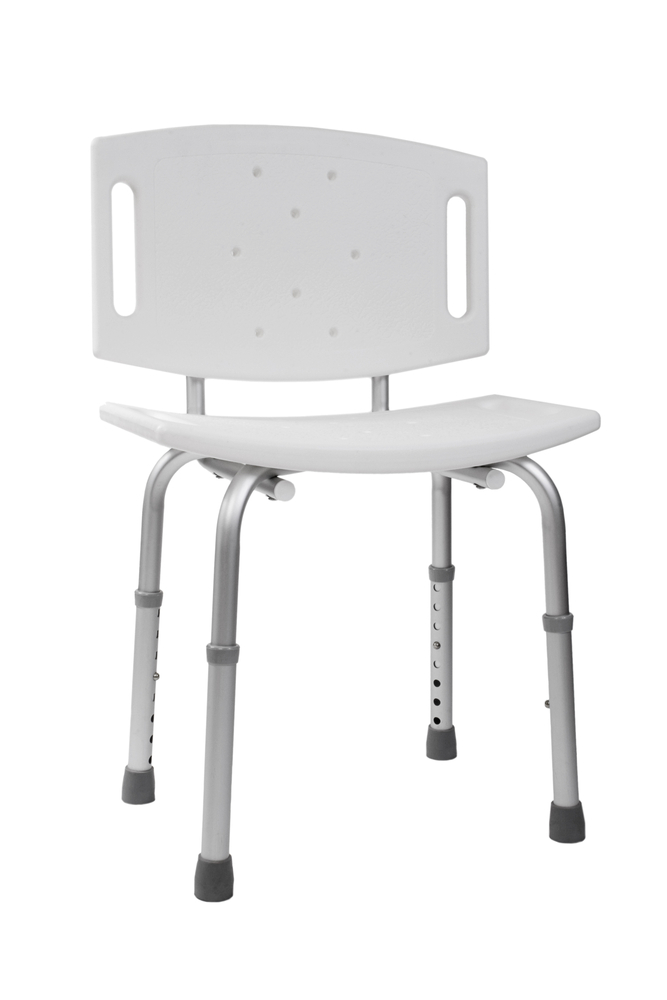
How Bath or Shower Chairs Help Children with Cerebral Palsy
It can be difficult for parents to ensure that their child with cerebral palsy is getting adequately clean in a bath or shower. Because children with cerebral palsy have a neurological disorder that affects how they move their muscles; some muscles may be stiff and some may be floppy. This is a challenge at bath time.
Additionally, some forms of cerebral palsy may include occasionally spastic behavior, making cleaning difficult. Using a bath chair can help alleviate some of the stress, and provide easier access to your child’s body to make sure they are clean. Having a bath or shower chair provides the opportunity for the child to be as safe as possible for a routine that is essential to any human’s health and wellbeing.
Where Do You Get a Bath or Shower Chair?
Because bath and shower chairs are useful for a long list of patients with different needs; you can find them at most pharmacies. They can be free-standing or wall-mounted, they can fold in half or not fold at all. They can have handles in various positions for optimum use; or they can have no handles, making it easier for the caretaker.
Because there are so many options, pricing for bath and shower chairs ranges from about $20-$180. If you are trying out a bath or shower chair and don’t know that you want to purchase one; some communities have charities that will loan a chair to you for a small donation. You can also sometimes find new and used bath or shower chairs for sale or free online.
Toilet Chairs for Children with Cerebral Palsy
Toilet training is an important part of any child’s life; and most often, there will be many trials and errors before they master toilet training successfully. Children with cerebral palsy usually face additional challenges, as they may not have the coordination and dexterity needed to use the toilet correctly. The good news, however, is that there are specialized toilet chairs available to help make training easier. Toilet chairs can be used on their own, or over a traditional toilet. There is generally a removable “bowl”.
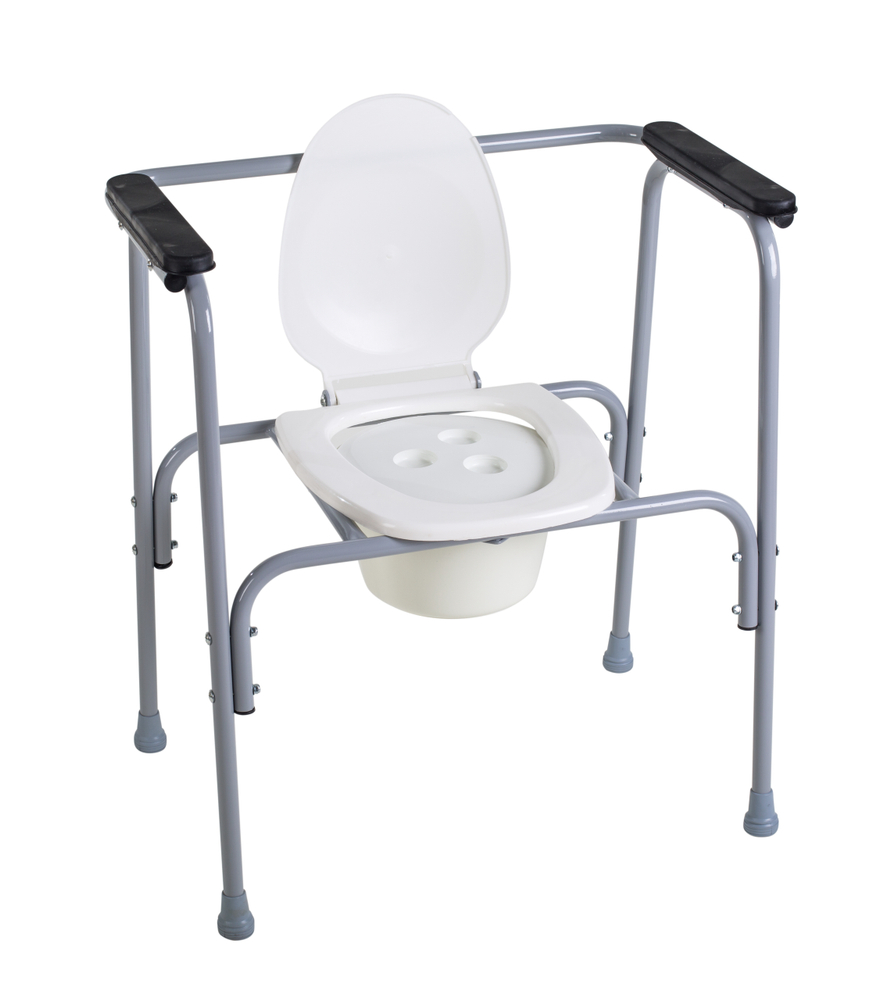
How Toilet Chairs Help Children with Cerebral Palsy
The most common issues children with cerebral palsy have when it comes to toilet training is lack of mobility and involuntary muscles spasms. These issues can result in slips, falls and other accidents. Specialized toilet chairs help because they:
- Provide support for the head and the neck
- May come with adjustable straps to help the child sit successfully without falling or sliding off of the toilet
- Have adjustable heights as the child grows
- Portable and easy to clean
- Attachable safety rails
- Soft padding to help with comfort
Where Do You Get Toilet Chairs, Risers, or Safety Rails?
Generally, you can find toilet seats and accessories at a local pharmacy, or your local hospital’s pharmacy. If neither brick-and-mortar pharmacy offers what you’re looking for, online shopping at websites such as Amazon.com offers several choices. Your physician should able to provide you with additional information.
The cost of a toilet chair will depend upon what type of chair you choose for your child. For example, a basic toilet chair can cost anywhere from $10 to $50. The prices increase depending on additional features and accessories. In some instances, your insurance may help offset some of the costs. Talk to your doctor to determine the most affordable option for your child that provides the needed accommodations.
What If Your Child Has Other Needs?
If your child still has trouble making it to the bathroom, you may also want to consider additional options. Diapers are available, as are male, female, and unisex urinals and bedpans. While you may not want to depend on these options all the time, they are great resources for situations when you’re out of the house and your child is out of his or her familiar environment.
Above all, it’s important to be patient with a child with cerebral palsy. If toilet problems continue even after use of adaptive equipment, there may be an underlying medical problem, such as urinary incontinence and/or bladder over-activity.
Walkers for Children with Cerebral Palsy
As children begin learning how to walk, they face balance issues and struggle with independence and mobility. Children with cerebral palsy may face additional balance issues due to their involuntary muscle spasms and coordination issues. In order to help children meet their special needs, there are a number of different kind of walkers available, many of which are age-appropriate and height-appropriate.
According to the Centers for Disease Control and Prevention (CDC), in 2010:
- 58.9% of children with cerebral palsy walked independently
- 7.8% of children needed adaptive equipment
- 33.3% of children had very limited or no walking ability
Cerebral palsy adaptive equipment can help many children gain independence.
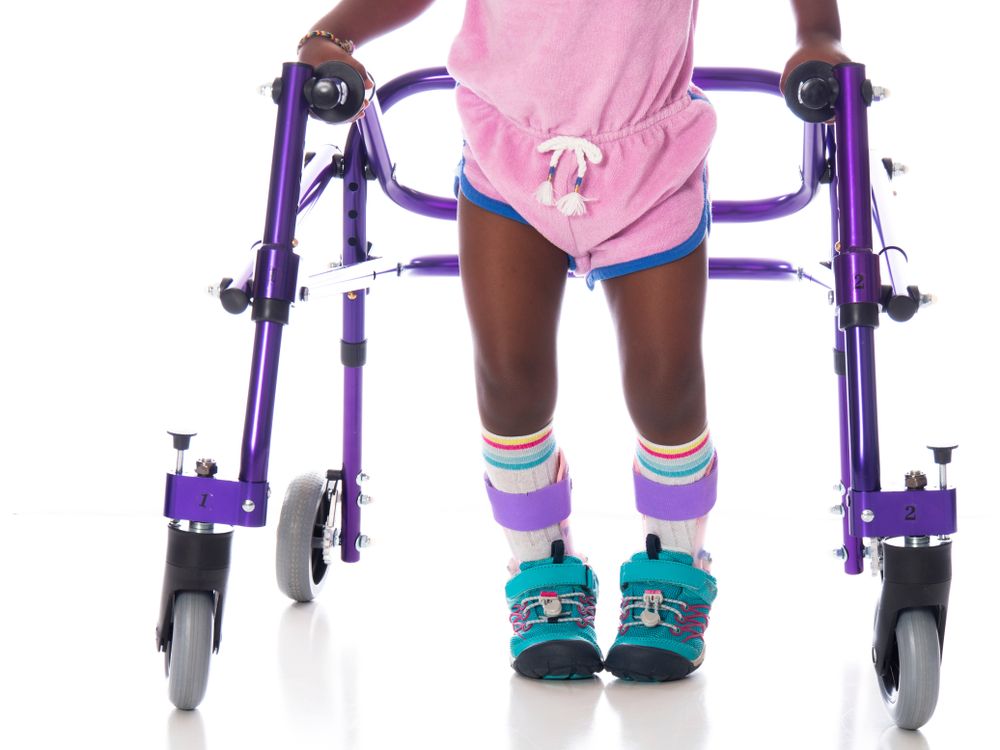
Four-Wheeled Posture Control Walkers
For users that are 35-72 inches tall, four-wheeled posture-controlled walkers are generally a good option. These are designed for toddlers or young school-age children. Since there are four wheels, this type of walker is designed for a child with cerebral palsy that needs a little extra help with balance. The rubber handholds are designed for optimum comfort, and the metal supports are designed to curve away from the child; so that if he or she falls the child is not likely to sustain a walker-related injury.

Two-Wheeled Posture Rest Walkers (with Seat)
The two-wheeled posture walker is designed for movement and stability. There are four posts to the walker, two with wheels and two with rubber-capped legs. This helps your child to move at a slower pace and helps to promote control while walking.
Additionally, there is a seat provided, so if your child needs to take a break, he or she can. If your child is in school and is generally more ambulatory, you could use this as an accessory instead of a wheelchair, having your child sit on the walker if there are no seats provided for the students such as in hallways, lobbies or in the school yard.
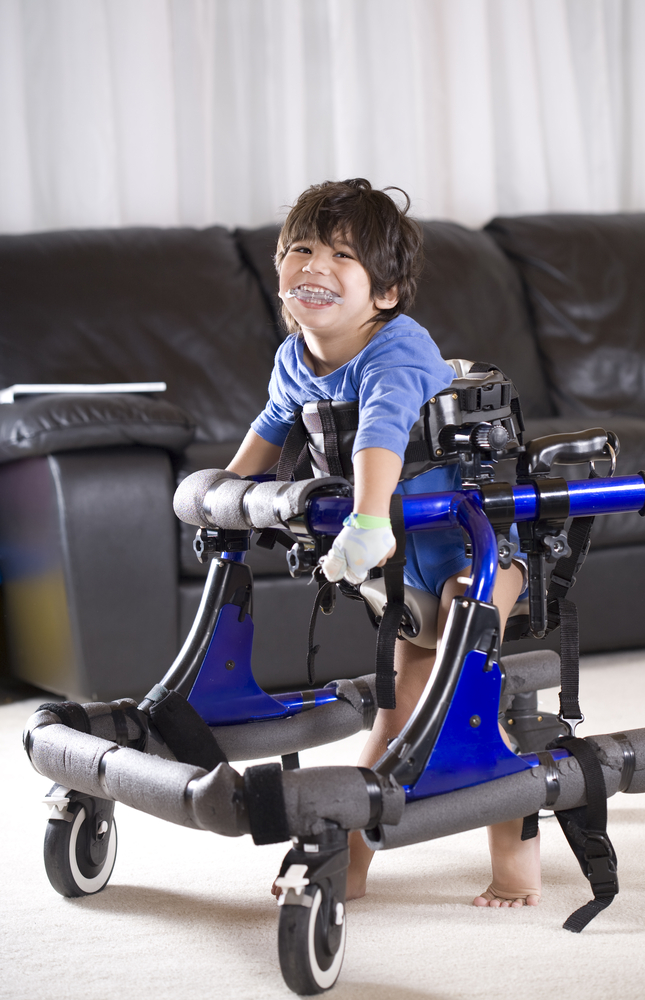
Chest-Support Walkers and Gait Trainers
Chest-support walkers are much taller than posture walkers. They are generally designed to provide more balance and support, and to that end; they offer several accessories such as forearm supports. Chest-support walkers can come in four wheels or two wheels, but generally don’t come with a seat, as the primary design of the walker is to get the child to keep walking.
Gait trainers are walkers that provide additional clearance for walking. They typically have handles that are higher than traditional walkers, and they have four wheels so that your child can have full mobility and speed if he or she needs it to work on developing a gait. Shorter gait trainers may have forearm supports that you can strap the child into so that he or she depends more on strengthening the legs.
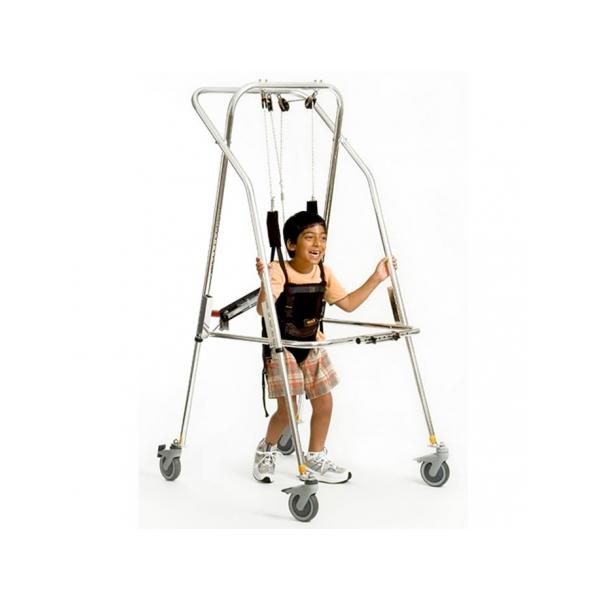
Suspension Walkers
If your child isn’t ready for a gait trainer and has a hard time standing with a regular walker, you may want to consider a suspension walker. A suspension walker has an apparatus that hangs above the walker that your child clips onto with a torso brace. This allows your child to be fully supported and fully upright; as he or she is learning to strengthen the legs.
Suspension walkers are sometimes twice as expensive as any other form of walker, but often essential for children who need to develop core strength for standing.
Wheelchairs for Children with Cerebral Palsy
Wheelchairs are often a popular choice for children with mobility issues as they come in different sizes and different accommodations, which makes it easier to find one that fits individual lifestyles and needs.
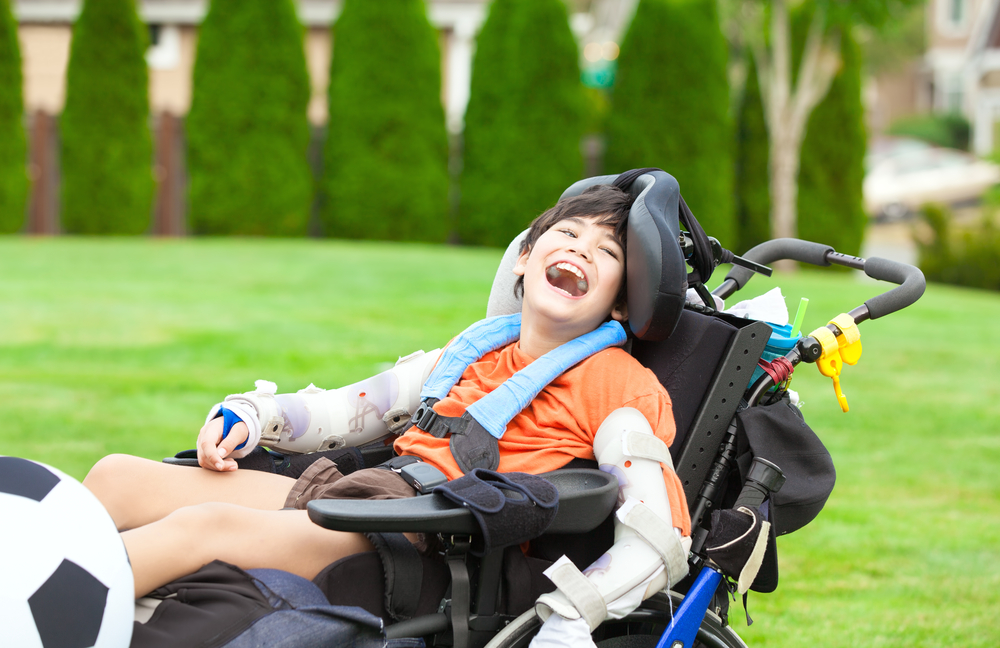
Electric Wheelchair
The electric wheelchair is the most popular type of wheelchair for children with cerebral palsy. There are a number of electric wheelchairs and options for parents to choose from with different features, such as headrests or chair positioning. But the primary feature that attracts parents to an electric wheelchair is the operative components.
Some children, due to their disability, don’t have the kind of motor control that is needed to operate a traditional folding wheelchair. An electric wheelchair is operated by a joystick that is sensitive to light touch. That means even children with spasticity or motor control issues can often manage the controls, which gives them more independence.
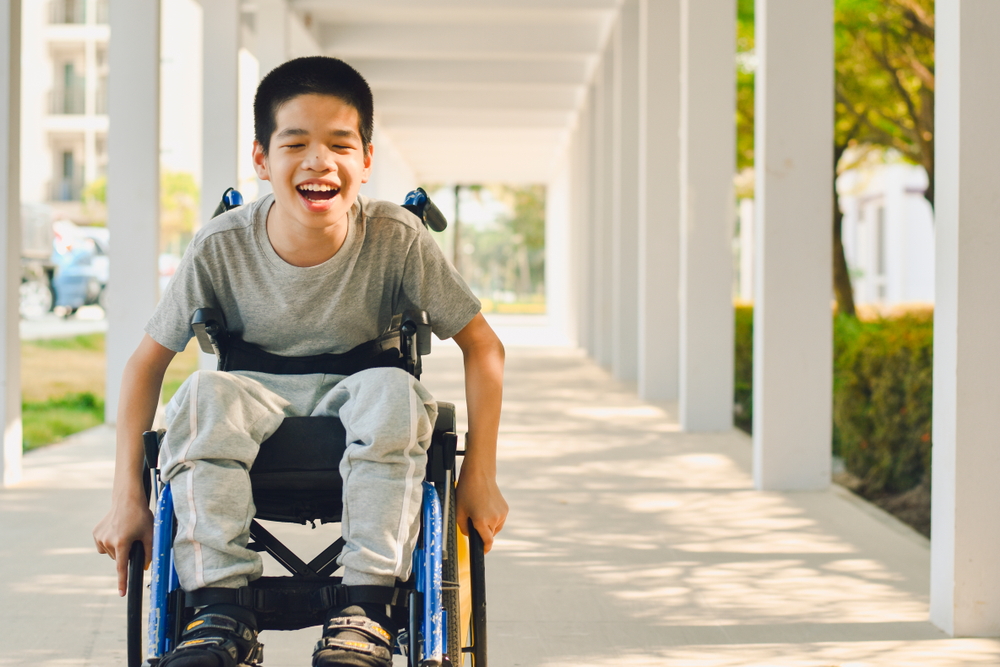
Traditional Folding Wheelchair
A traditional folding wheelchair may not have as many features as other wheelchairs, but it may be a good option for a child who can move his or her arms enough to propel the wheelchair forward. A traditional folding wheelchair is typically the most affordable option as well as the easiest to access.
These are also a good temporary option for a child who is close to being able to walk with a walker and for travelling, as a traditional folding wheelchair is much more mobile and can accommodate more modes of travel.
Standing Electric Wheelchair
If your child can stand but not walk, another option is the standing electric wheelchair. It looks a little like a Segway but provides full support along the child’s backside, including a headrest. The back support is at a slight backward angle to help balance at a comfortable level. A joystick is included on standing electric wheelchairs; generally placed along with the armrest.
Although standing electric wheelchairs are generally more expensive than other types of wheelchairs; they assist in improving strength and balance. In addition, by standing, the child experiences more circulation in the lower extremities. This is particularly beneficial for children with cerebral palsy as dormant areas of the brain can create inactivity in the lower muscle groups, and therein cause problems when bruises or injuries don’t heal. Proper circulation prevents everyday injuries from becoming a problem and also helps to prevent bedsores from relative inactivity.
Getting Help with Cerebral Palsy Adaptive Equipment
As a parent, you want your child to have every opportunity for independence and success. That can be challenging if your child has cerebral palsy. Fortunately, cerebral palsy adaptive equipment can help. If you are worried about the cost of your child’s equipment; talk to your insurance provider. You may also be able to get support through cerebral palsy-related organizations.
Also, if your child’s cerebral palsy is the result of a birth injury caused by medical negligence – hypoxic ischemic encephalopathy or brain damage -; you may be able to pursue compensation from the party or parties responsible.
Start Your FREE Case Review Today
If you or your child is injured as a result of medical negligence, call us to learn more.

